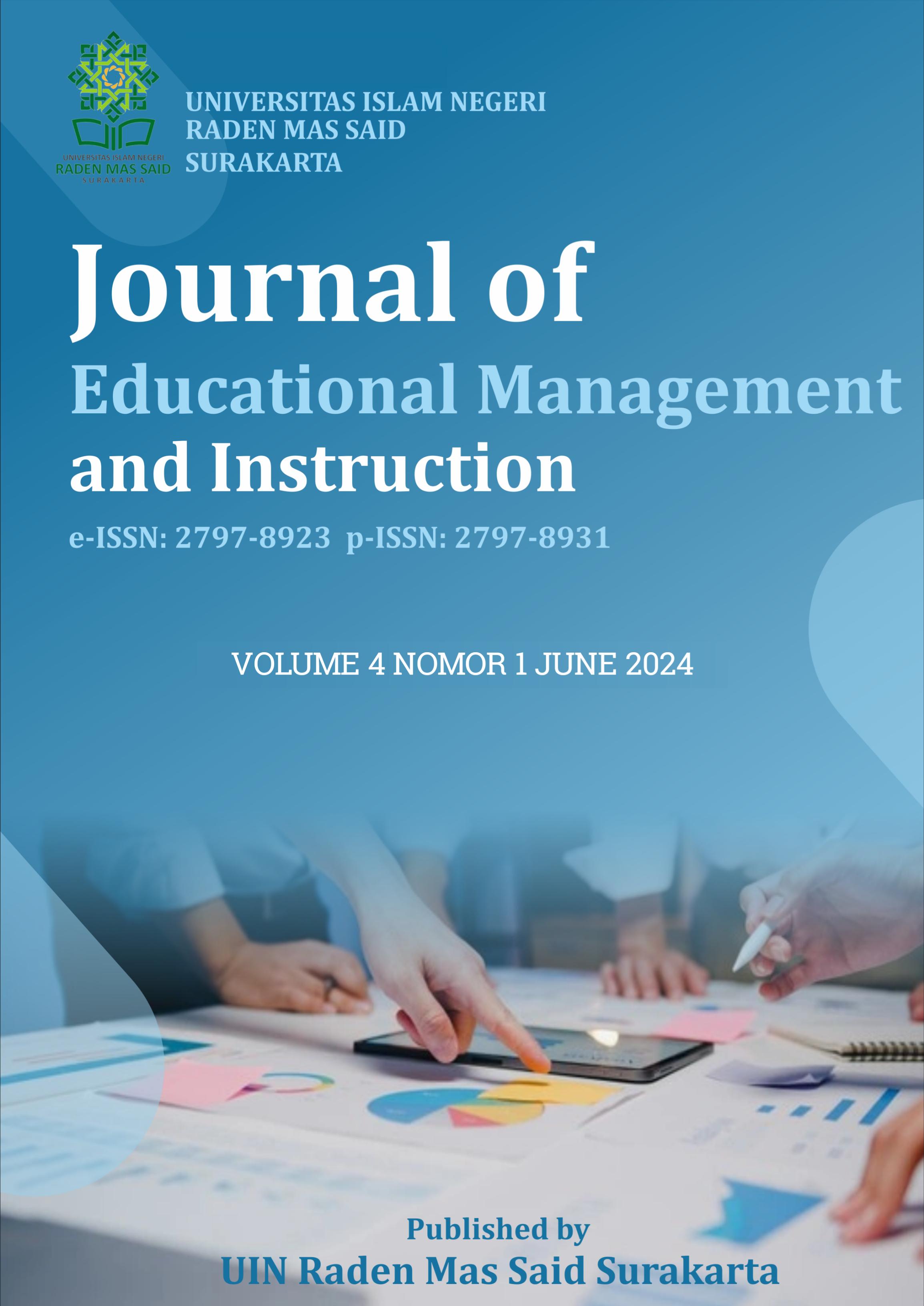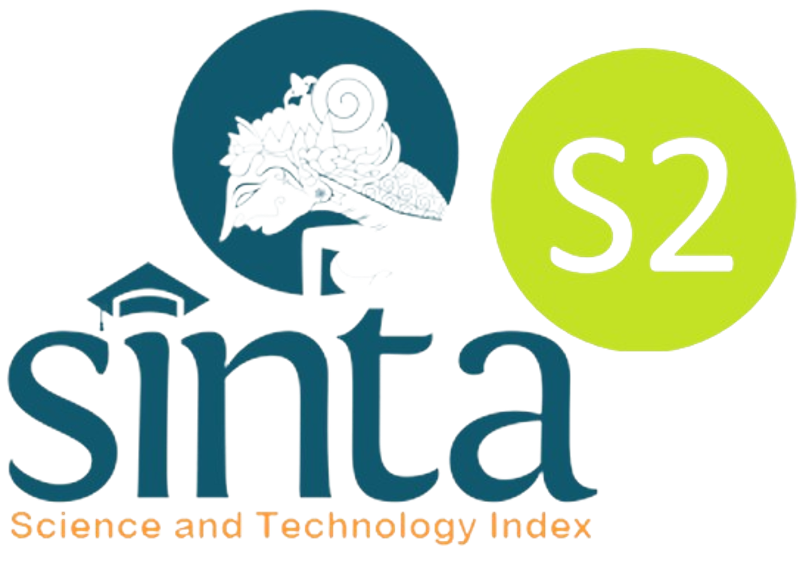Effect of TikToK application on interpersonal communication among university students in Somalia: A Case study at Red Sea University
DOI:
https://doi.org/10.22515/jemin.v4i1.8663Keywords:
interpersonal communication, university students in Somalia, TikTok applicationAbstract
TikTok application allows individuals to creatively express themselves through brief videos showcasing activities such as dancing, singing and other daily activities. Its popularity is on the rise, particularly among the youth. Nevertheless, it's also facing significant scrutiny. This study aims to gather and analyze social media usage data, specifically focusing on TikTok. It seeks to understand how individuals engage with the app and to evaluate whether its usage negatively impacts interpersonal communication among young people. Participants between the ages of 18 - 32 participated in the survey. The sample used in this study had 316 participants using purposive and quota-sampling techniques. The technological acceptance model is used in this study. SPSS data analysis app was used to analyze the data. The results revealed that the more time students spent on TikTok, the more they became unfocused when trying to interact with their peers. Similar results were noticed when considering losing touch with friends. Their attention was likely to be diverted during discussions. The more they used TikTok, the less attention tended to reduce. The findings indicated that Tik Tok might affect university student's abilities to interact personally. Therefore, interpersonal communication is gradually losing its significance as a catalyst of creativity. The interpretation of the data will aid in the development of techniques to reduce the harmful effects reinforce interpersonal communication and reduce students' addiction to TikTok.
Downloads
References
Aji, R., Aji, S. R., Noorma, N., & Suratman, S. (2023). Interpersonal communication. Lambert Academic Publishing. http://repository.poltekkesbengkulu.ac.id/id/eprint/3041
Akgül, H., & İzmirli, Ö. Ş. (2024). The Development of the Decoding Skills Scale in Information and Communication Technologies and an Investigation of Preservice Teachers in This Framework. Participatory Educational Research, 11(1), 66-88. https://doi.org/10.17275/per.24.5.11.1
Al Hammadi, M. K., & Noor, M. A. B. M. (2023). Social Media Use and its Relationship with Collaborative Learning and Students’ Motivation in Abu Dhabi Schools United Arab Emirates. European Journal of Interdisciplinary Studies, 9(1), 122-132. DOI: 10.2478/ejis-2023-0010
Al-Hail, M., Zguir, M. F., & Koç, M. (2023). University students’ and educators’ perceptions on using digital and social media platforms: A sentiment analysis and a multi-country review. Iscience, 26(8). https://doi.org/10.1016/j.isci.2023.107322
Al-Jbouri, E. (2024). Mobilizing Transdisciplinarity to Address the Good Versus Bad Dichotomy: Thinking Critically About Current and Future Youth Social Media, Peer Relationships, and Mental Health Research. World Futures, 1-18. https://doi.org/10.1080/02604027.2024.2315258
Bertoli, A., Jakli, L., & Pascoe, H. (2024). Analyzing the Impact of Events Through Surveys: Formalizing Biases and Introducing the Dual Randomized Survey Design. Available at SSRN 4707579. https://dx.doi.org/10.2139/ssrn.4707579
Budhiraja, K., & Gupta, M. (2024, February). Impact of Adolescents on Buying Behaviour. In International Conference on Communications and Cyber Physical Engineering 2018 (pp. 901-910). Singapore: Springer Nature Singapore. https://link.springer.com/chapter/10.1007/978-981-99-7137-4_86 - citeas
Chao, M., Lei, J., He, R., Jiang, Y., & Yang, H. (2023). TikTok use and psychosocial factors among adolescents: Comparisons of non-users, moderate users, and addictive users. Psychiatry Research, 325, 115247. https://doi.org/10.1016/j.psychres.2023.115247
Chu, S. C., Deng, T., & Mundel, J. (2024). The impact of personalization on viral behavior intentions on TikTok: The role of perceived creativity, authenticity, and need for uniqueness. Journal of Marketing Communications, 30(1), 1-20. https://doi.org/10.1080/13527266.2022.2098364
Ciudad-Fernández, V., Zarco-Alpuente, A., Escrivá-Martínez, T., Herrero, R., & Baños, R. M. (2024). How adolescents lose control over social networks: A process-based approach to problematic social network use. Addictive Behaviors, 108003. https://doi.org/10.1016/j.addbeh.2024.108003
Hager, N., Stangl, F. J., & Riedl, R. (2023). Digital detox research: an analysis of applied methods and implications for future studies. In Proceedings of the 18th International Conference on Wirtschaftsinformatik. https://aisel.aisnet.org/wi2023/5
Hartanto, A., Lua, V. Y., Kasturiratna, K. S., Koh, P. S., Tng, G. Y., Kaur, M., ... & Majeed, N. M. (2024). The effect of the mere presence of smartphone on cognitive functions: A four-level meta-analysis. https://doi.org/10.1037/tmb0000123
Iqbal, M. (2024). TikTok revenue and usage statistics (2024). Business of apps, 1(1). https://www.businessofapps.com/data/tik-tok-statistics/
Iqbal, M. TikTok Revenue and Usage Statistics (2023) Available at https://www.businessofapps.com/data/tik-tok-statistics/
Jun, H. (2024). Intrapersonal Communication and Interpersonal Communication. In Social Justice, Multicultural Counseling, and Practice: Beyond a Conventional Approach (pp. 25-66). Cham: Springer Nature Switzerland. https://link.springer.com/chapter/10.1007/978-3-031-50361-0_2 - citeas
Kaur, P., Jawaid, A., Bilong, I. U., Phillipus, J., Wei, P. S., & Sangaran, S. (2023). TikTok Users among University Students in Sarawak, Malaysia. Journal of Hunan University Natural Sciences, 50(7). https://doi.org/10.55463/issn.1674-2974.50.7.11
Kuek, D. H. E. (2023). A study of smartphone addiction, fear of rejection, and interpersonal communication skills as predictors of social connectedness among Malaysian undergraduate students (Doctoral dissertation, UTAR). http://eprints.utar.edu.my/5441/1/fyp_GC_2023_DKHE.pdf (unpublished)
Lee, J., & Kim, L. H. (2024). Augmenting reality to diminish distractions for cognitive enhancement. arXiv preprint arXiv:2403.03875. https://doi.org/10.48550/arXiv.2403.03875
Marino, C., Manari, T., Vieno, A., Imperato, C., Spada, M. M., Franceschini, C., & Musetti, A. (2023). Problematic social networking sites use and online social anxiety: The role of attachment, emotion dysregulation, and motives. Addictive behaviors, 138, 107572. https://doi.org/10.1016/j.addbeh.2022.107572
Nurudeen, M., Abdul-Samad, S., Owusu-Oware, E., Koi-Akrofi, G. Y., & Tanye, H. A. (2023). Measuring the effect of social media on student academic performance using a social media influence factor model. Education and Information Technologies, 28(1), 1165-1188. https://doi.org/10.1007/s10639-022-11196-0
Purnama, Y., & Asdlori, A. (2023). The Role of Social Media in Students’ Social Perception and Interaction: Implications for Learning and Education. Technology and Society Perspectives (TACIT), 1(2), 45-55. https://doi.org/10.61100/tacit.v1i2.50
Rafique, N., Iqbal, S., & Ashraf, M. (2023). Unraveling the Impacts of Whatsapp Messaging on Interpersonal Communication Dynamics: A Study of University Students. Qlantic Journal of Social Sciences, 4(4), 259-267. DOI:10.55737/qjss.716834311
Smith, T., & Pearce-Dunbar, V. (2023). An exploratory study into the interplay of coolness and maladaptive social media use: Identifying profiles of addiction-like symptoms among Jamaican users. Telematics and Informatics Reports, 11, 100091. Available at https://doi.org/10.1016/j.teler.2023.100091
Sutikno, H., & Basit, A. (2023). The Impact of Social Media Use on Social Interaction of Students of The Faculty of Medicine, Jenderal Soedirman University. International Journal of Social Science, Education, Communication and Economics (SINOMICS JOURNAL), 2(2), 277-282. https://sinomicsjournal.com/index.php/SJ/article/download/136/125
Tok, Y., & Cumurcu, H. B. (2024). Addiction in adolescents from past to present: a bibliometric analysis. Alcoholism Treatment Quarterly, 42(1), 3-26. https://doi.org/10.1080/07347324.2023.2261395
Toyon, M. A. S. (2023). Introduction to research: Mastering the basics. https://doi.org/10.5281/zenodo.7724719
Verma, B., & Chatterji, N. (2024). Cognitive Unburdening: Investigating the Mediated Pathway from Digital Detox to Psychological Well-Being Through Reduced Cognitive Load. In Business Drivers in Promoting Digital Detoxification (pp. 36-53). IGI Global. DOI: 10.4018/979-8-3693-1107-3.ch004
Vogels, A., E. & Watnick G, R., (2023) Pew Research Center. (2023). Teens and social media: Key findings from Pew Research Center surveys. Retrieved June 14, 2023, from https://www.pewresearch.org/short-reads/2023/04/24/teens-and-social-media-key-findings-from-pew-research-center-surveys/.
Zhang, N., Hazarika, B., Chen, K., & Shi, Y. (2023). A cross-national study on the excessive use of short-video applications among college students. Computers in Human Behavior, 145, 107752. https://doi.org/10.1016/j.chb.2023.107752
Downloads
Submitted
Accepted
Published
How to Cite
Issue
Section
License
Copyright (c) 2024 Ezekiel Ingudia Malenge, Abdirahman Mukhtar Mohamed, Abdullahi Bashir Nour

This work is licensed under a Creative Commons Attribution-NonCommercial 4.0 International License.
Copyright
Copyright aims to protect the specific way the article has been written to describe an experiment and the results. Journal of Educational Management and Instruction is committed to its authors to protect and defend their work and their reputation and takes allegations of infringement, plagiarism, ethical disputes, and fraud very seriously. Automotive Experiences is published under the terms of the Attribution-NonCommercial 4.0 International (CC BY-NC 4.0). Authors retain copyright and grant the journal right of first publication (online and print) with the work simultaneously. We use the restrictive license (non-commercial) as follows:
BY (attribution): Users are allowed to share, distribute and redistribute the published article in any medium or format, with an identification of the authors and its initial publication in this journal. Authors are encouraged to post and distribute their articles immediately after publication (e.g., institutional or public repositories, personal websites). Authors are allowed to enter into additional contractual arrangements for the non-exclusive distribution of the published and an acknowledgment of its initial publication in this journal.
NC (non-commercial): Users are not allowed to use the article commercially without the permission of the authors. Authors agree explicitly that the published article is indexed worldwide in databases, repositories and indexation services, even if these services operate on a commercial basis. Authors grant Journal of Educational Management and Instruction explicit the right to include the published articles in databases, repositories and indexation services.
License
License to Publish
The non-commercial use of the article will be governed by the Attribution-NonCommercial 4.0 International (CC BY-NC 4.0). The author hereby grants Journal of Educational Management and Instruction an exclusive publishing and distribution license in the manuscript include tables, illustrations or other material submitted for publication as part of the manuscript (the “Articleâ€) in print, electronic and all other media (whether now known or later developed), in any form, in all languages, throughout the world, for the full term of copyright, and the right to license others to do the same, effective when the article is accepted for publication. This license includes the right to enforce the rights granted hereunder against third parties.
Author's Warranties
The author warrants that the article is original, written by stated author/s, has not been published before, contains no unlawful statements, does not infringe the rights of others, is subject to copyright that is vested exclusively in the author and free of any third party rights, and that any necessary written permissions to quote from other sources have been obtained by the author(s).
User Rights
Under the Creative Commons Attribution-Non Commercial 4.0 International (CC BY-NC 4.0) license, the author(s) and users are free to share (copy and redistribute the material in any medium or format) and adapt (remix, transform, and build upon the material). Users must give appropriate credit, provide a link to the license, and indicate if changes were made.
Rights of Authors
Authors retain the following rights:
- Copyright, and other proprietary rights relating to the article, such as patent rights,
- The right to use the substance of the article in future own works, including lectures and books,
- The right to reproduce the article for own purposes, provided the copies are not offered for sale, and
- The right to self-archive the article.
Co-authorship
If the article was prepared jointly with other authors, the signatory of this form warrants that he/she has been authorized by all co-authors to sign this agreement on their behalf, and agrees to inform his/her co-authors of the terms of this agreement.

























